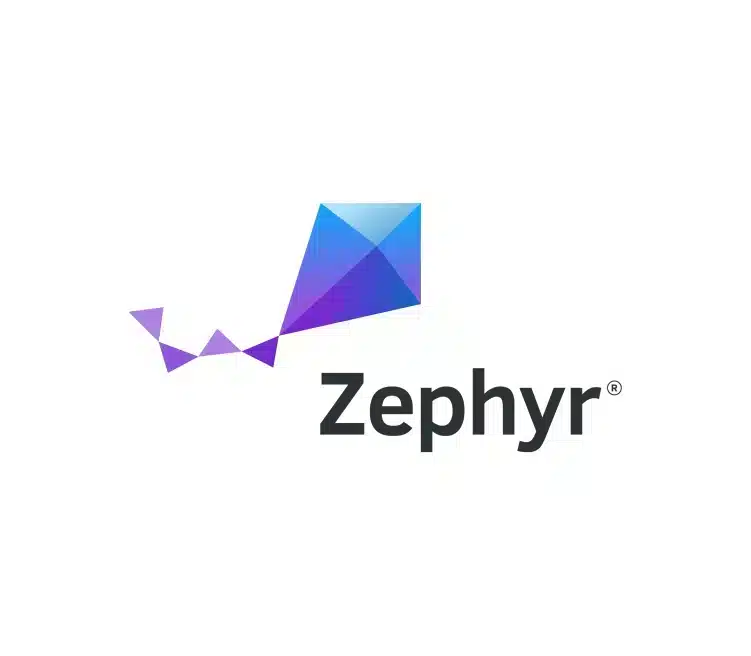Open-source build systems like Yocto and Buildroot have made it simple to generate Linux embedding to the point that any developer can create a distribution for most architectures and platforms.
But which build system is the best?
At Witekio, we have experience in a range of build systems, but we’re big fans of using Yocto for our Linux embedded software development for a variety of reasons. However, is Yocto the best solution for you?
We have compared build systems, including desktop distributions in terms of the system, its ease of development, configuration and updating, the build, the component customization, and its maintainability to help you make an informed choice on which build system is best for your embedded Linux project.
Why are build systems important?
Before we move to the comparison, we should remember why build systems are important.
For a simple console application or even a mid-scale project, the use of a build system might not even be necessary. But for a complex web application that has several services involved, you might need to do tasks such as running tests in parallel, setting up various scheduled tasks, and publishing artifacts and packages to various endpoints. In this case, a build system is the best way forward.
Unlike a pre-compiled image for a particular device or at least for a particular hardware platform, a build system allows you to customize offline the content of your system, bootloader, kernel, or file system.
The main benefits of using a build system are:
- Offline customization allowance
- Sources access
- The easy maintenance of different versions of the system
To summarize, a build system should be simple, automatic, configurable, and allow reproducible outputs of the final project.
What Are Some of the Different Embedded Linux Distributions?
Today, we can find dozens of embedded Linux distribution solutions on the market and it would be difficult to assess them all. Hence, we’ll put the non-open-source solutions and those solutions developed by founders and manufacturers for a particular board’s family to one side.
Instead, we’ll be focusing on the following three build system options:
- Yocto
- Buildroot
- Desktop distribution (e.g., Debian, Ubuntu, Fedora, etc.)
Why Yocto?
“The Yocto Project. It’s not an embedded Linux Distribution, it creates a custom one for you.” Yocto Project
The Yocto Project (YP) is an open-source collaboration project that helps developers create custom Linux-based systems regardless of the hardware architecture. A custom Linux BSP can also help optimize the performance of your device and streamline hardware integration.
The project provides a flexible set of tools and a space where embedded developers worldwide can share technologies, software stacks, configurations, and best practices that can be used to create tailored Linux images for embedded and IOT devices, or anywhere a customized Linux OS is needed.
The Yocto project consists of different layers of scripts (Layer Model) to configure the final image. These different layers can be added or removed as needed. Many layers are available through the net which can make it easy to bring up the development of boards – especially the layers designed by the board founders and manufacturers.
Poky is a reference distribution within the Yocto Project. It provides a starting point for creating custom Linux distributions using the Yocto Project’s tools and metadata.
Poky contains a collection of tools and meta-data such as BitBake, the build engine, and Open Embedded-Core, the core build system metadata.
Besides generating complete images of the system in the desired format, Yocto also allows a certain granularity-generating bootloader, kernel, filesystem, and toolchain.
How does Yocto compare to the other build systems?
Aligning your build with your needs
The previous section has highlighted the pros and cons of some competing build system solutions.
Of course, no single solution is perfect. However, the goal here is to determine the best solution from a time and effort point of view as it applies to your embedded Linux project.
1. In-house Skills
The first question that is important to ask is whether your development team is familiar with Yocto or if they possess solid experience in this area that would allow them to scale. Are they strong in Linux BSP development? Do you have the resources for long-term maintenance?
Yocto is a powerful tool but unfortunately has a steep learning curve.
2. Your End Goals
The second question to consider is what is the final goal of your product?
If the product is for prototyping, or the goal is to be user-friendly and customizable at runtime, a general-purpose desktop distribution build system, such as Debian or Ubuntu, would certainly be recommended. However, in the case of a specific product goal such as being light and fast or needing the ability to be ultra-customized, Yocto is the best embedded Linux solution.
That said, a compromise solution could be Buildroot, a build system that is less flexible than Yocto but is designed for customization. It is much easier to approach than Yocto but has four to five times fewer packages available. Therefore, this is a solution that should only be considered for a simple project with one configuration.
3. Planning For Success
The twin choices of (a) do you need to use a build system, and if so (b) which build system you should select is critical and needs to be considered at the very beginning of your project. You need to be cautious with your decision and examine all the points that we have highlighted in the previous section and the table above.
Remember, going for an easy solution to get your project started fast can easily turn into a dead-end when you realize your project requires significant customization. For the sorts of products that Witekio’s clients seek to deliver, Yocto is more often than not the best choice.
In short:
Choosing the right build for your embedded device can be a make-or-break decision. Fortunately, Witekio has over 20 years of experience in embedded software development services, and we are even Yocto Gold Members!
We can help with Linux BSP development, OS migration, Yocto software development, and more. We have even built our own out-of-the-box Yocto distribution, called The Embedded Kit, to support and accelerate your Yocto developments project.
From consultation to development, Witekio is your end-to-end software partner. Get in touch today to find out how our Yocto expertise and solutions can help take your project to the next level.





